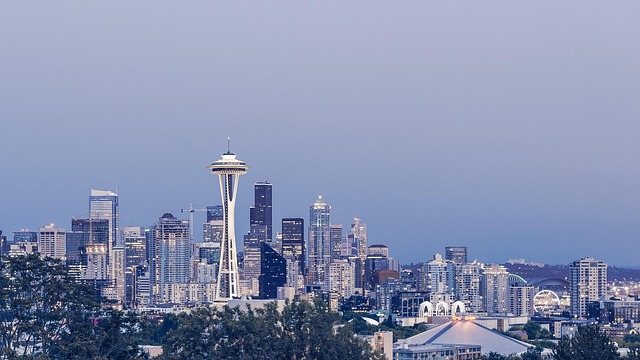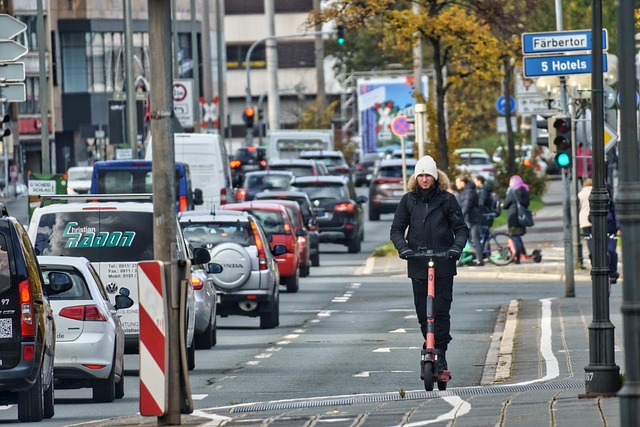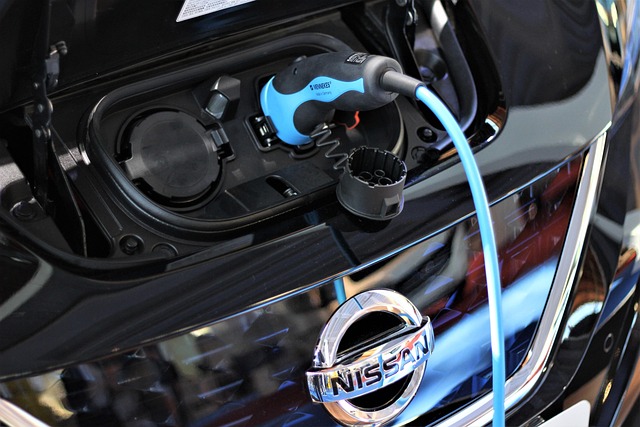As cities continue to grow and evolve, the balance between urbanization and preserving natural spaces becomes more critical than ever. Urban green space expansion is a vital element not just for enhancing the aesthetic appeal of our neighborhoods, but also for promoting sustainable mobility. When we integrate nature into urban planning, it becomes a catalyst for sustainable transport solutions.
Urban areas often suffer from congestion and pollution, leading to a pressing need for alternatives to traditional vehicular transport. By enhancing urban green spaces, we create environments that encourage walking, cycling, and the use of public transit. Parks and greenways act as essential links, connecting neighborhoods and providing safe corridors for pedestrians and cyclists. Imagine a city where commuting is not just a necessity but a pleasant journey through tree-lined paths and vibrant community gardens.
The benefits of urban green space expansion extend beyond mere transport sustainability. These green areas promote health and wellbeing, serving as havens for recreation and relaxation in our bustling cities. They foster community interactions, bringing people together and encouraging social cohesion. With easy access to green spaces, residents are more likely to engage in outdoor activities, thereby reducing reliance on cars and promoting healthier lifestyles.
Moreover, integrating urban green space expansion is not limited to cityscapes; it can significantly impact rural development as well. By fostering connectivity between urban centers and nearby rural areas through green transport infrastructure, we can facilitate more sustainable commuting options and promote local economies. Farmers’ markets and green festivals can thrive in well-planned urban areas where nature and culture intersect, allowing for a symbiotic relationship between urban dwellers and rural producers.
However, the challenge remains: how to prioritize urban green space expansion amidst the pressures of development and economic growth? Cities need innovative policies and community-driven initiatives that not only protect existing green spaces but also create new ones. From green roofs to vertical gardens and parklets, there are countless opportunities to reimagine our urban landscapes.
To truly embrace the philosophy of sustainable mobility, planning authorities must collaborate with citizens, urban designers, and environmentalists to create comprehensive plans that prioritize green spaces. This is an investment in a better future for all – one where we can move freely and sustainably, without sacrificing our health or the environment.
Ultimately, urban green space expansion is not just about adding parks; it’s about rethinking how we interact with our environment in a fast-paced world. By emphasizing green mobility solutions, we can create vibrant, sustainable cities for generations to come. Join the movement towards a greener, more sustainable future, and let’s champion the cause of urban green spaces together!



